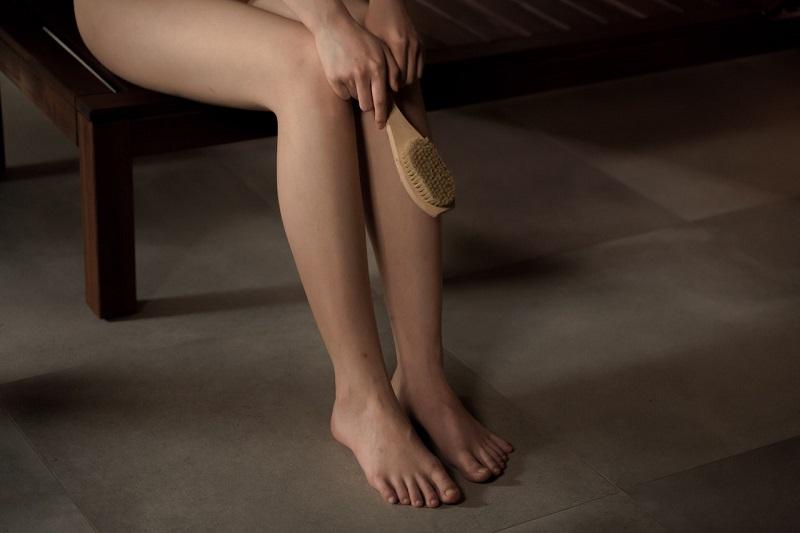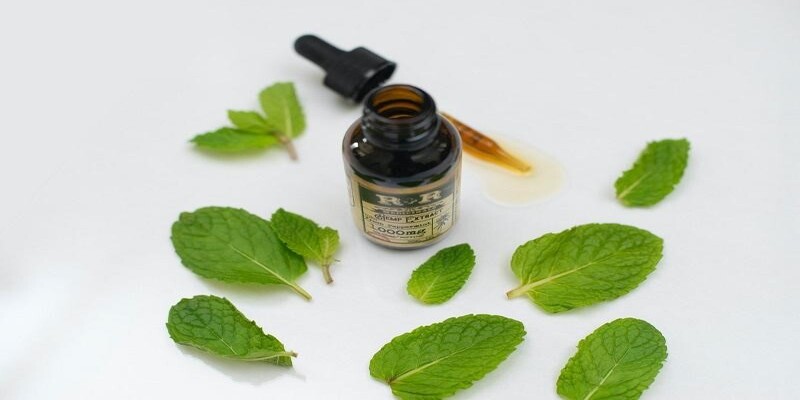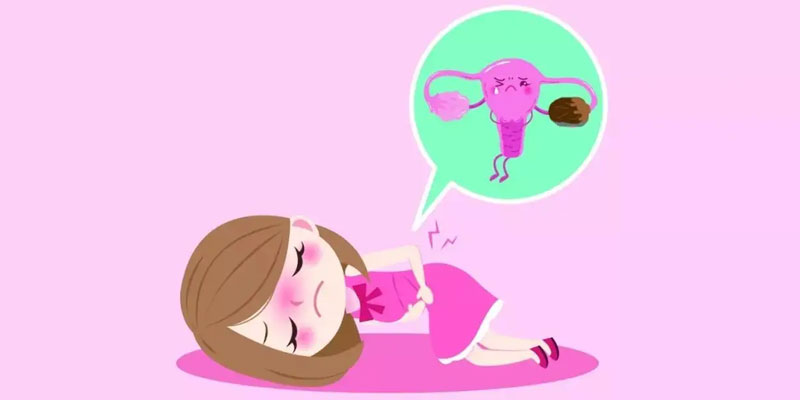All You Need To Know About Cellulite
Jan 03, 2024
Cellulite! It's a term many of us have heard before, often in the context of beauty and body image. While many people think of it as unwanted or undesirable, cellulite is a completely natural phenomenon. But what exactly is it and is cellulite harmful? Let's get straight into understanding cellulite.
1. Basics of Cellulite
Cellulite refers to the dimpled or puckered appearance of the skin, especially on the thighs, buttocks, and abdomen. It's caused by fat cells pushing against the skin while the connective tissue, which attaches the skin to the underlying muscle, pulls downward.
Key Points:
- Found mainly in women, but men can have it too.
- Cellulite is not a health risk.
- It's a normal fat beneath the skin; it just appears differently because of how it's arranged.
2. Causes of Cellulite
The exact cause of cellulite isn't entirely clear, but multiple factors contribute:
- Genetics: Family history can influence your chances of developing cellulite.
- Hormonal factors: Hormones such as estrogen might play a role in cellulite development.
- Lifestyle: Poor diet, lack of physical activity, and smoking can be contributing factors.
3. Why Is Cellulite More Common in Women?

One major reason is the difference in how men and women store fat. Men tend to have a crisscross pattern in their connective tissue, which may hold fat in more securely. Women have vertically oriented fibers, which can allow fat cells to push through more easily, leading to that dimpled appearance.
4. Treatment Options
Though cellulite is natural and harmless, some folks opt for treatments to reduce its appearance:
Massage: Incorporating regular massages can have several benefits for cellulite. Massages can stimulate lymphatic drainage, which helps to remove toxins and excess fluid from tissues. Additionally, the kneading action of the massage can help to spread and stretch the fat cells, thereby reducing the distinct dimpled appearance that cellulite brings.
Laser and Radiofrequency Treatments: Modern aesthetic clinics offer treatments like laser and radiofrequency sessions to address cellulite. These procedures are believed to stimulate collagen production and tighten the skin, which can smooth out the uneven texture caused by cellulite. Typically, a series of sessions are needed to see noticeable results.
Cellulite Creams: There are numerous creams and lotions on the market that promise to reduce or eliminate the appearance of cellulite. Some of these products contain ingredients designed to stimulate blood flow or tighten the skin. While they can offer some improvement, it's important to note that the results are often temporary and may vary from person to person.
Remember: There's no surefire cure for cellulite. If you choose to try treatments, do your research and set realistic expectations.
5. Accepting Cellulite
Many people have started viewing cellulite as just another characteristic of their body, rather than an imperfection. Each person's body is distinct and tells a story. Every mark, scar, dimple, or line adds to that narrative. Instead of perceiving cellulite as an imperfection, many are now seeing it as just another characteristic, something that makes them uniquely them. Such acceptance not only fosters self-love but also encourages others to adopt a broader, more inclusive view of beauty.
Frequently Asked Questions (FAQs) about Cellulite
Is cellulite harmful to my health?
No, cellulite isn't harmful. It's just a natural way some people's body fat appears on the skin.
Why do more women have cellulite than men?
The main reason is the difference in how men and women store fat. Women have fibers that are vertically oriented, which can let fat cells push through more easily, giving the skin a dimpled look.
Is there a way to get rid of cellulite completely?
There's no surefire way to completely remove cellulite. There are treatments that might reduce its appearance, but results can vary from person to person.
Can lifestyle choices, like diet and exercise, reduce cellulite?
While a healthy lifestyle is always good for overall health, cellulite is also influenced by genetics and hormones. However, a good diet and regular exercise might help in improving skin tone and texture.
Is it necessary to treat cellulite?
No, treating cellulite is a personal choice. Many people choose to embrace it as a natural part of their body.
Do certain foods or drinks cause cellulite?
While no specific food or drink directly causes cellulite, a diet high in fat, carbohydrates, and salt can increase its appearance by causing fat cells to enlarge.
Can weight loss help in reducing the appearance of cellulite?
Losing weight might help reduce the appearance in some people, but it might become more noticeable in others. It all depends on your skin's elasticity and body structure.
Are there any proven medical procedures to treat cellulite?
There are medical procedures like laser therapy, acoustic wave therapy, and subcision that have shown some success in reducing cellulite. However, results can vary, and it's essential to consult with a dermatologist or medical expert before opting for any procedure.





